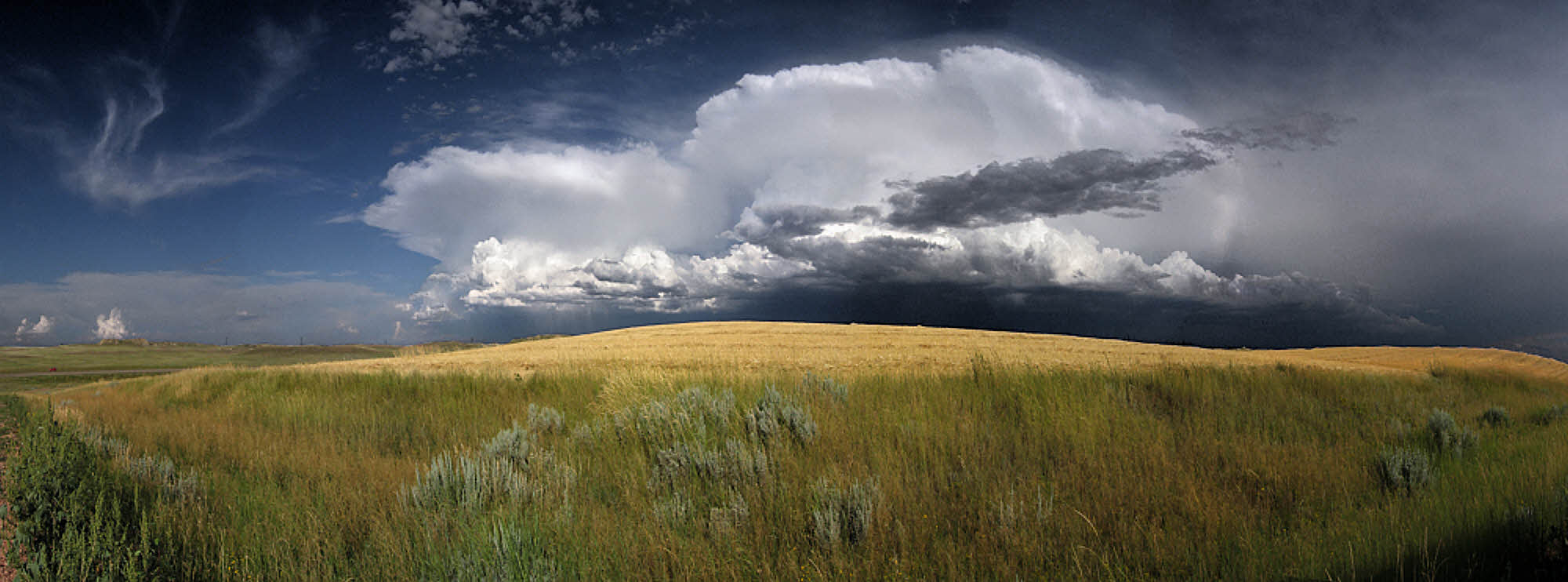If a regular tent has four sides, then this, having one, is a very light tent indeed.
Some tents have six or eight sides, so by comparison a single-wall tent is way lighter. Call it a tarp. No matter if it's square or rectangular or some other funny shape that got designed and puckered somewhere in the manufacturing process, a tarp is still one piece of fabric. It's a multi-sided shelter that magically actually has only one side, something like that mythical coin which if you drop it, and it lands face down, you never find it again. (D'oh indeed!)
But tarps do have two sides to each piece, so you can find them even in the dark just by feeling around, or by listening for the flapping sound if you didn't pitch it right. However tarps do lack all the unnecessary things, like an inside. Tarps don't know from inside or outside. They don't have floors, or bug nets. No pockets. No zippers. No instructions. No nothing, practically. Just the one wall, which you can pitch any way you like unless you got one of the fancy designed and puckered ones with extra seams.
Now other shelters are actually rated not by how many sides they have but by how many layers. Your standard tent (the double wall tent) is not notable because it has two walls on each side (though it actually does). No. How they measure these things is like, if you tossed a cat toward one of these tents, and the cat had really sharp claws, and when it hit the tent it cut right through the wall, like how many walls would the cat go through to get to the middle?
Well, if it's a double-wall tent, the answer is two, no matter how many sides the tent had, unless the cat went entirely through the tent and came out the other side, but most cats don't have that kind of stamina, so they usually find a nice spot once they get inside, and then have a nap there.
Though if you try this, then never, ever go inside the tent while the cat is there. Let it come out when it's ready, especially if it's a cat you picked up around your campsite. Some of them weigh 80 to 100 pounds or more (35 to 45 kg no less), and are actually strong enough to kill deer, and elk, and sometimes cows, so it's a wonder you even managed to pick it up in the first place, let alone throw it at your tent. (Another word to the wise here too — don't push your luck — try this trick only once per cat. They catch on fast and tend to get prickly if they think that they're being taken advantage of.)
Now that you know how to decide whether you have a single-wall tent or a double-wall tent, take a break. Wait for the cat to make a proper exit after its nap. You will have lots of patching to do, and it can be a lot of work, and you want to be rested up for that. Anyhow, that's the story on the number of walls.
Single-wall tents have some advantages and some disadvantages. For one, there's less material to a single-wall tent, usually, so they are lighter, and simpler. They are more likely to be floorless. Once inside you can set up housekeeping using only a simple ground cloth, and if you turn out to be a messy person you can just sweep debris off the edge of that, but then on the other hand you have less protection from vermin.
Vermin, indeed. Always with the vermin.
A bug net is usually a necessary option with a single-wall tent, and you may not need one right up front, but when you need one, you need one for sure, so think about that for a while. Like how many bugs can you stand to have in your ears? While you try to sleep? And like that.
Double-wall tents do get condensation on the inside, but it's inside the outer wall, and you can't touch it because of the inner wall, which is handy because it keeps you from playing with the outer wall when you shouldn't but does add weight.
And we could go on and on like this. Sometimes it makes you dizzy just to think about all the options and permutations, and you get to the point where you simply want to pick up your stuff and go backpacking for a while, but there you go then, because you still have to decide what to take, so you're kind of hosed no matter what, which is pretty much the story of life, in a nutshell.
See tabs at the top for definitions and books.
Have extra info to add?
If the commenting system is out again, then email sosayseff@gmail.com
Me? Still looking for that damn coin.



